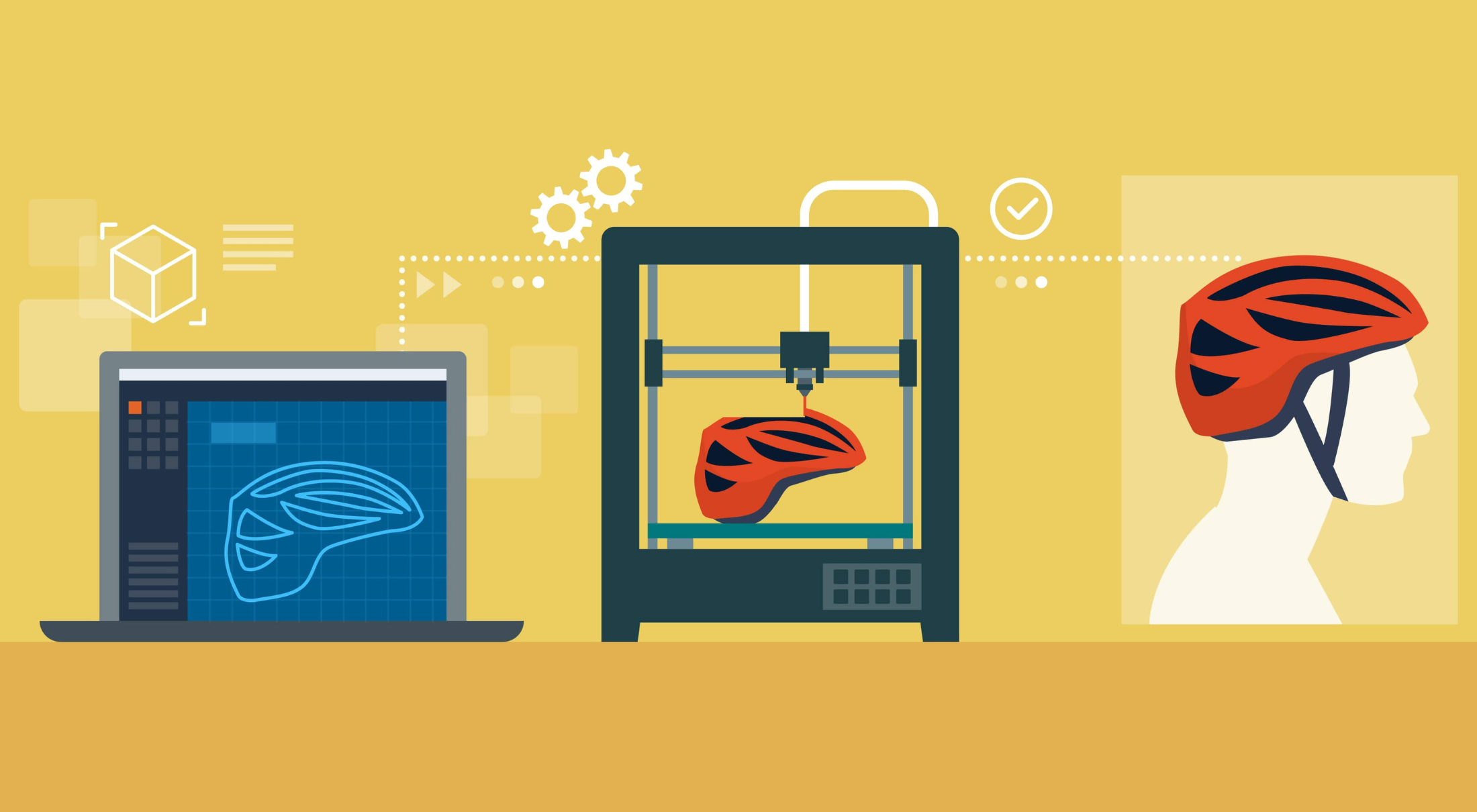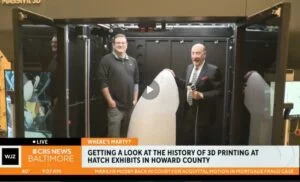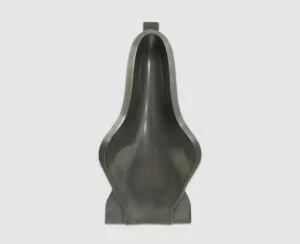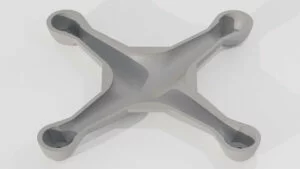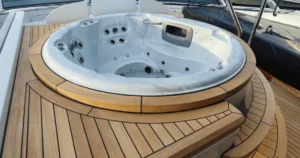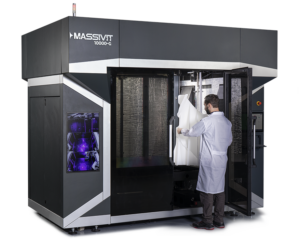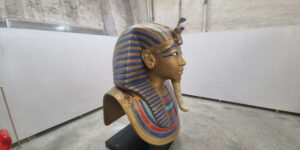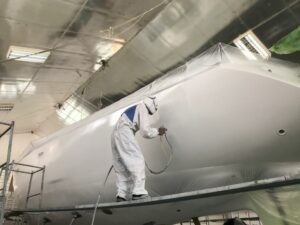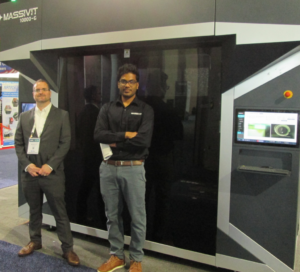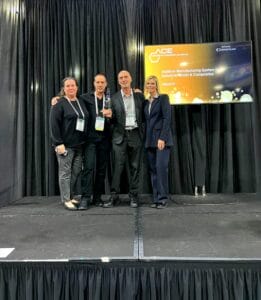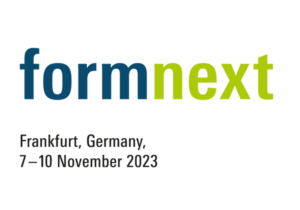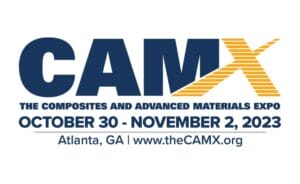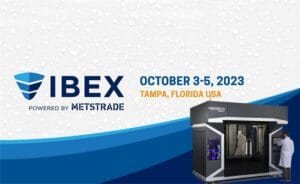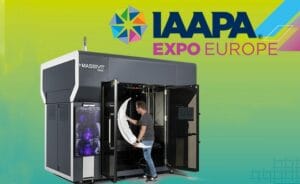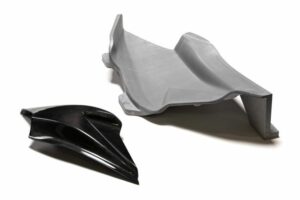After all, 3D printing is not just about printers: the design of the parts to be printed is even more important, and software also plays a major role in this.
Using the right combination of software and hardware, with the right materials and processes, is critical to achieving successful, high-quality prints. Well-chosen software that fits your needs allows you to design better parts, be more productive, and lower the total cost of your operations.
Software At Every Step – or in One Step

“Why are there so many different software solutions in additive manufacturing and which ones do I really need?”
The past couple of years, the range of specialized software applications for AM has expanded immensely and sales growth and projections reflect that. Along with it, the ecosystem grows with the advent of better tools for design, optimization, simulation, production configuration – or more often: a combination of all these steps.
Specialized 3D printing software packages that facilitate the development of new products are becoming more and more complete; some software developers own several software packages that cover more than one aspect of the AM process. These companies are trying to converge all these steps by smoothly linking applications together, or even by integrating separate applications into a single, comprehensive software package. Companies such as Autodesk, Dassault Systèmes and Siemens are good examples.
The one-fits-all approach means that each of the steps does not require a separate application. This approach can sometimes be beneficial: all the features you need can be used without interruption, and can be smoothly repeated so that your projects continue without having to switch to other software environments or transfer your data to new file formats.
Going through all the steps of the process chronologically in a series of independent software solutions, each of which can only perform part of the process, is certainly a viable option as well. It used to cause problems in some cases: when you get to the end of a process, and you realize you need to adjust something at an early design stage, you must go all the way back to square one and start over.
Fortunately, many software developers realized this too, and made it possible to share files between certain software solutions from different developers. After all, the lack of interoperability between the different types of software files in modeling and simulation is a thorn in the side of engineers around the world.
AM Enables Design Freedom

Design software for additive manufacturing allows for complex geometries and digital accuracy. Isotropic mold 3D printed on a Massivit 10000 tooling system for composite material racing car seat.
If you want to get started with modeling to create your own prints from the ground up or adapt existing models, design software is often the starting point. Of all the ways in which the design freedom of additive manufacturing can be meaningfully exploited, topology optimization and generative design are perhaps the most promising.
As a result of software developments, design processes can be automated to a large extent. Often, the software does not produce just one ultimate design solution for each specific application. Based on the user’s input, several feasible options are possible. It is up to the designer to choose the design that best suits the product requirements.
Bringing the design to a specific goal (such as maximizing stiffness-to-weight) in such a way is a critical success factor of 3D printing, especially for demanding applications such as automotive and aerospace. As such, it becomes possible to exploit the advantages of additive manufacturing over traditional production methods: more efficient use of materials and reduction of mass, increasing stiffness, etc.
A designer or engineer that can make the switch to geometric will benefit a lot from the design freedom that 3D printing offers. A key aspect is the use of the right methodology. After all, this new way of thinking also influences the choice of software for creating 3D concepts.
In our next blog, we’ll outline an overview of different types of 3D printing software for every stage of your workflow: designing, repairing, optimizing, and preparing.
Check back here to make sure you don’t miss it!


